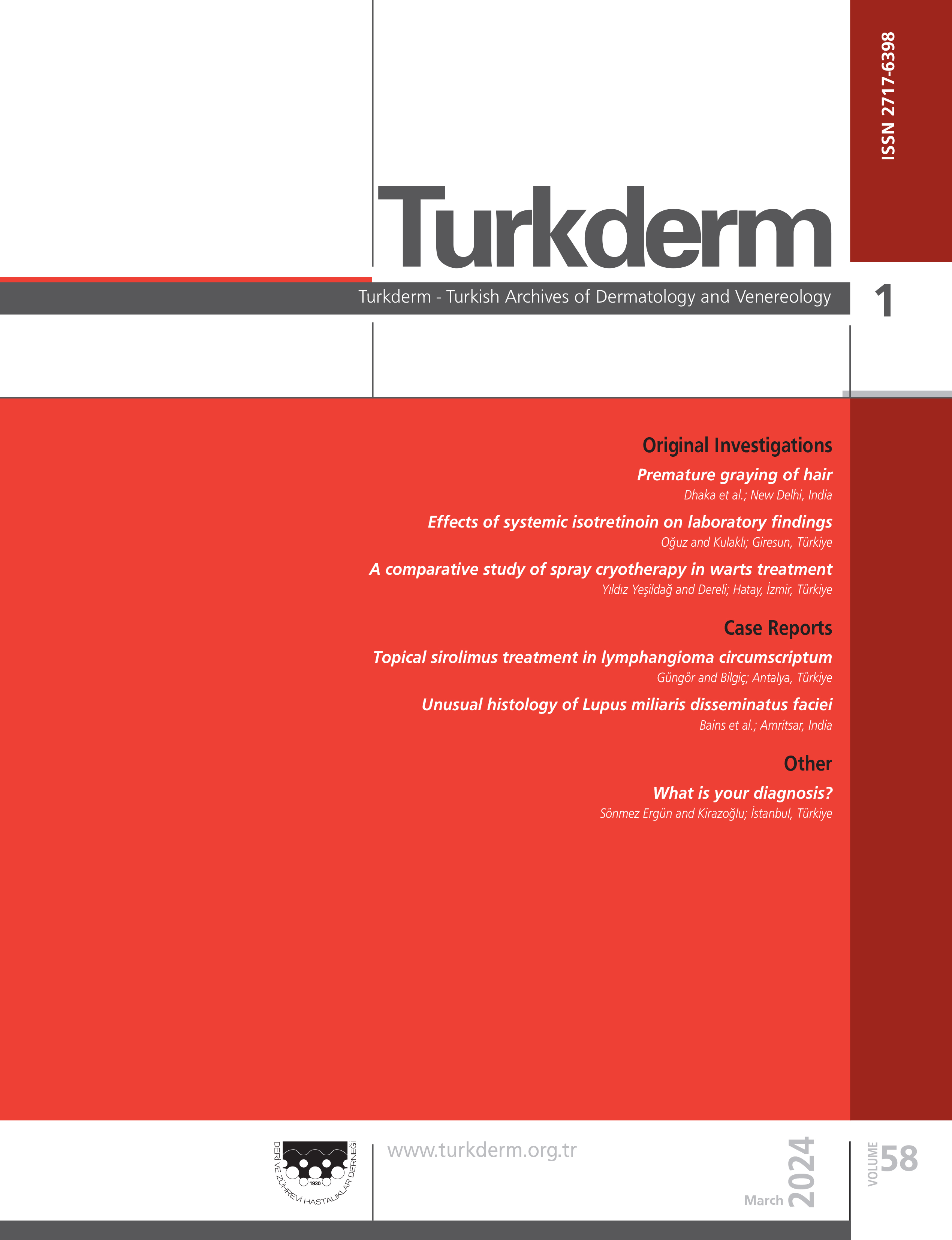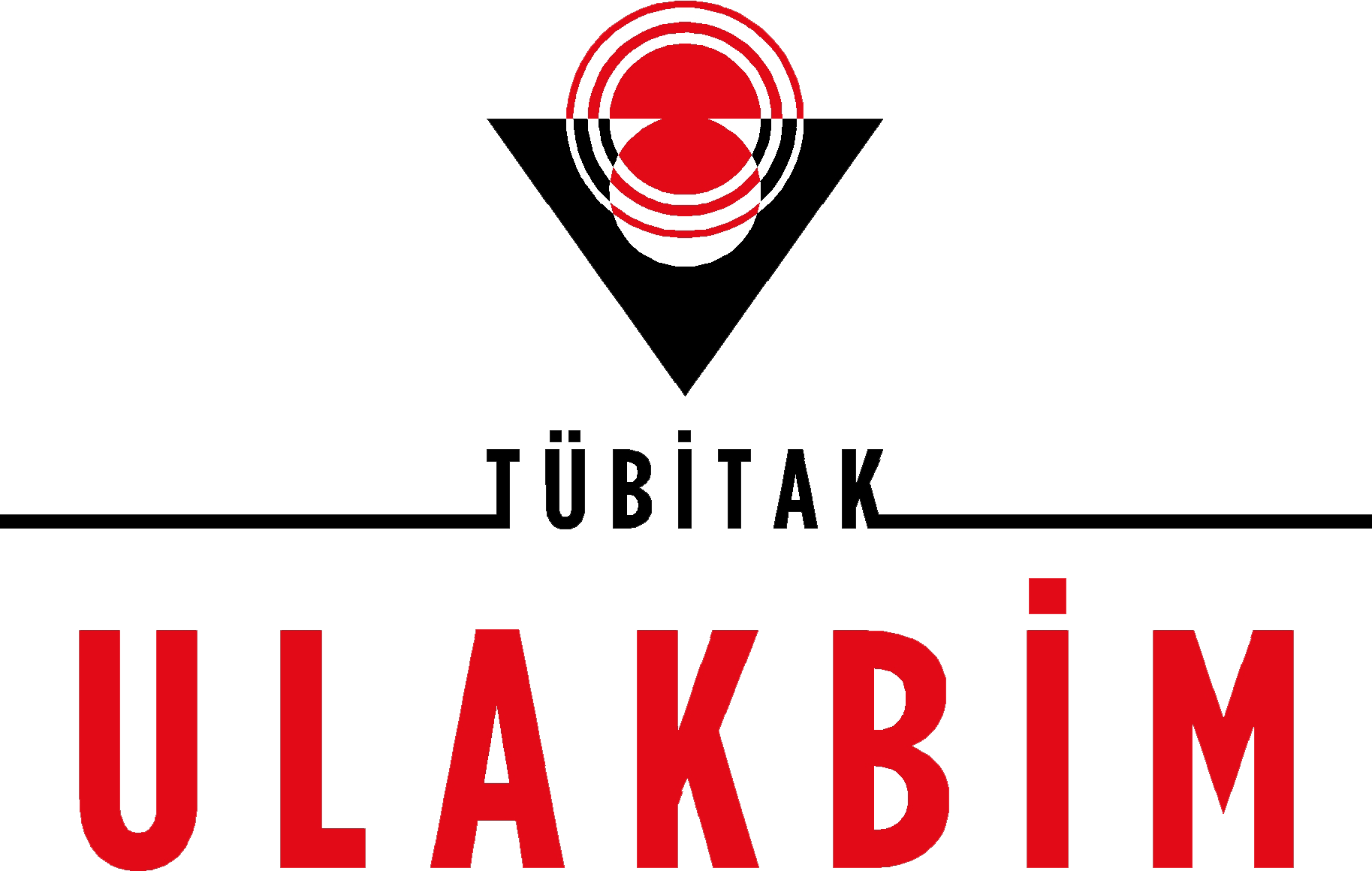Lasers in Tattoos
Ercan ÇalışkanGulhane Medical Military Academy, School Of Medicine Dermatology Department, Ankara, TurkeyTattoo is being practised for centuries in many cultures throughout the world and attempts to remove tattoos is as long as the history of tattoos. The destructive modalities, frequently used in the past, are not recommended for modern tattoo removal because of the risk of side effects and treatment failures. Q-switched lasers, allowing efficacious removal of tattoos with minimal side effects, have become widespread over recent years. The most common Q-switched lasers being used for this purpose are the Q-switched ruby, Q-switched Nd- YAG and Q-switched alexandrite lasers. Each Q-switched laser has some side effects and inabilities beside its own advantages. The physician has to determine the correct treatment modality according to the structure and etiology of the tattoo and patient's skin type. In spite of the correct device and appropriate treatment parameters, many side effects, such as dyspigmentation, pigment darkening and allergic reactions, can be encountered. Technological developments leading to more specific laser systems will let the tattoos to be more quickly and better removed.
Keywords: Skin, tattoo, laserTatuajda Lazer
Ercan ÇalışkanGülhane Askeri Tıp Akademisi, Deri Ve Zührevi Hastalıklar Anabilim Dalı, Ankara, TürkiyeDünyadaki birçok farklı kültürde yüzyıllardır tatuaj yapılagelmektedir ve tatuajların giderilme çabaları tatuaj tarihi kadar eskidir. Geçmişte sıklıkla uygulanan destrüktif yöntemler taşıdıkları yan etki riski ve tedavi yetersizlikleri nedeniyle modern tatuaj tedavisinde önerilmemektedir. Minimal yan etkiyle tatuajların etkin bir şekilde tedavisine olanak sağlayan Q-anahtarlı lazerler son yıllarda yaygınlaşmıştır. Bu amaçla en sık kullanılan Q-anahtarlı lazerler; Q-anahtarlı ruby, Q-anahtarlı Nd-YAG ve Q-anahtarlı alexandrite lazerlerdir. Her bir Q-anahtarlı lazerlerin avantajları yanında yetersizlikleri ve yan etkileri de mevcuttur. Hekim, tatuajın yapısı ve etiyolojisi ile hastanın cilt tipine göre doğru tedavi yaklaşımını belirlemelidir. Doğru cihaz seçimi ve uygun tedavi parametrelerine rağmen, dispigmentasyon, pigment koyulaşması ve allerjik reaksiyonlar gibi bir çok yan etki karşımıza çıkabilir. Daha spesifik lazer sistemlerine yönelik gelişmeler tatuajların daha hızlı ve daha etkin bir şekilde giderilmesini sağlayacaktır.
Anahtar Kelimeler: Deri, tatuaj, lazerCorresponding Author: Ercan Çalışkan, Türkiye
Manuscript Language: Turkish






















